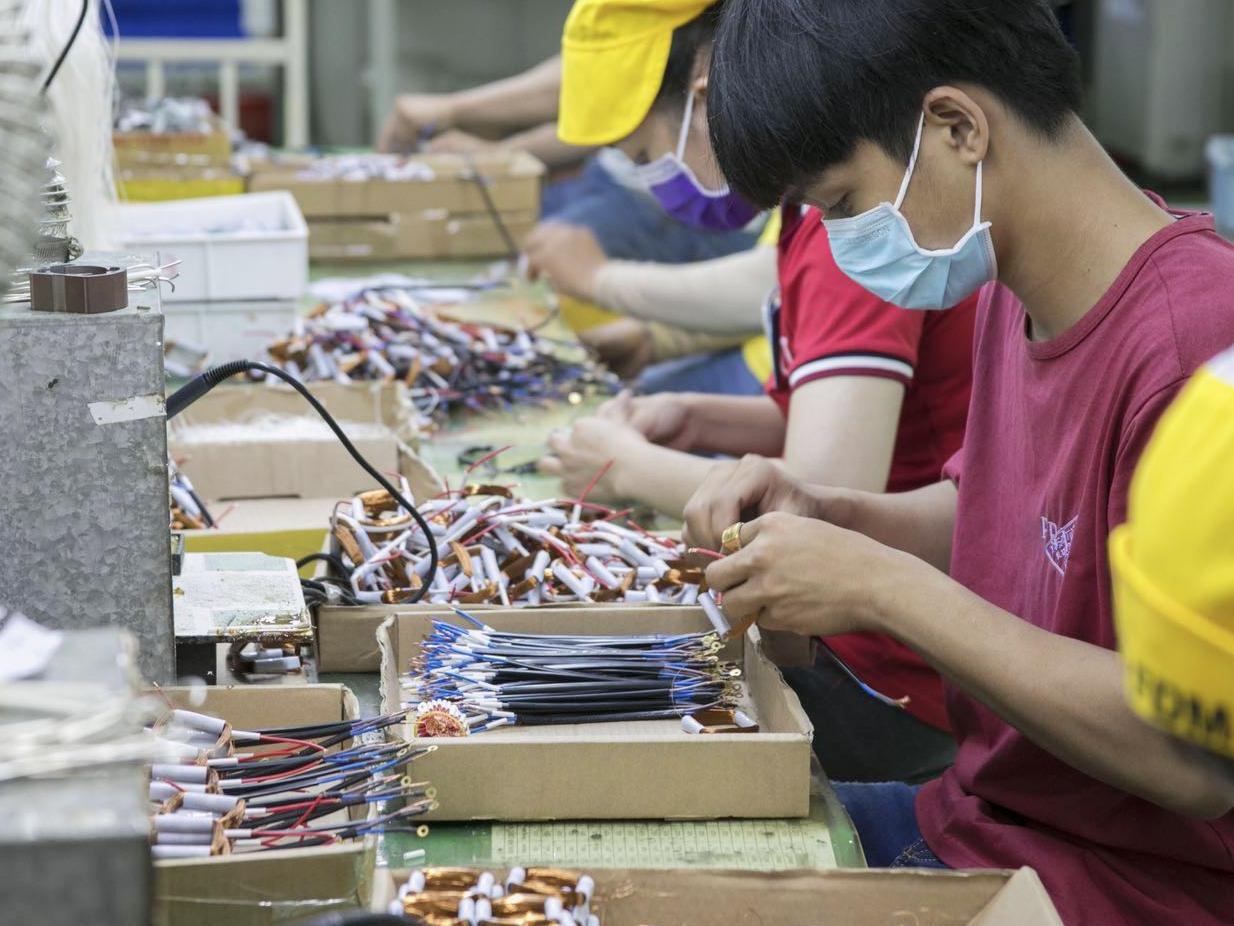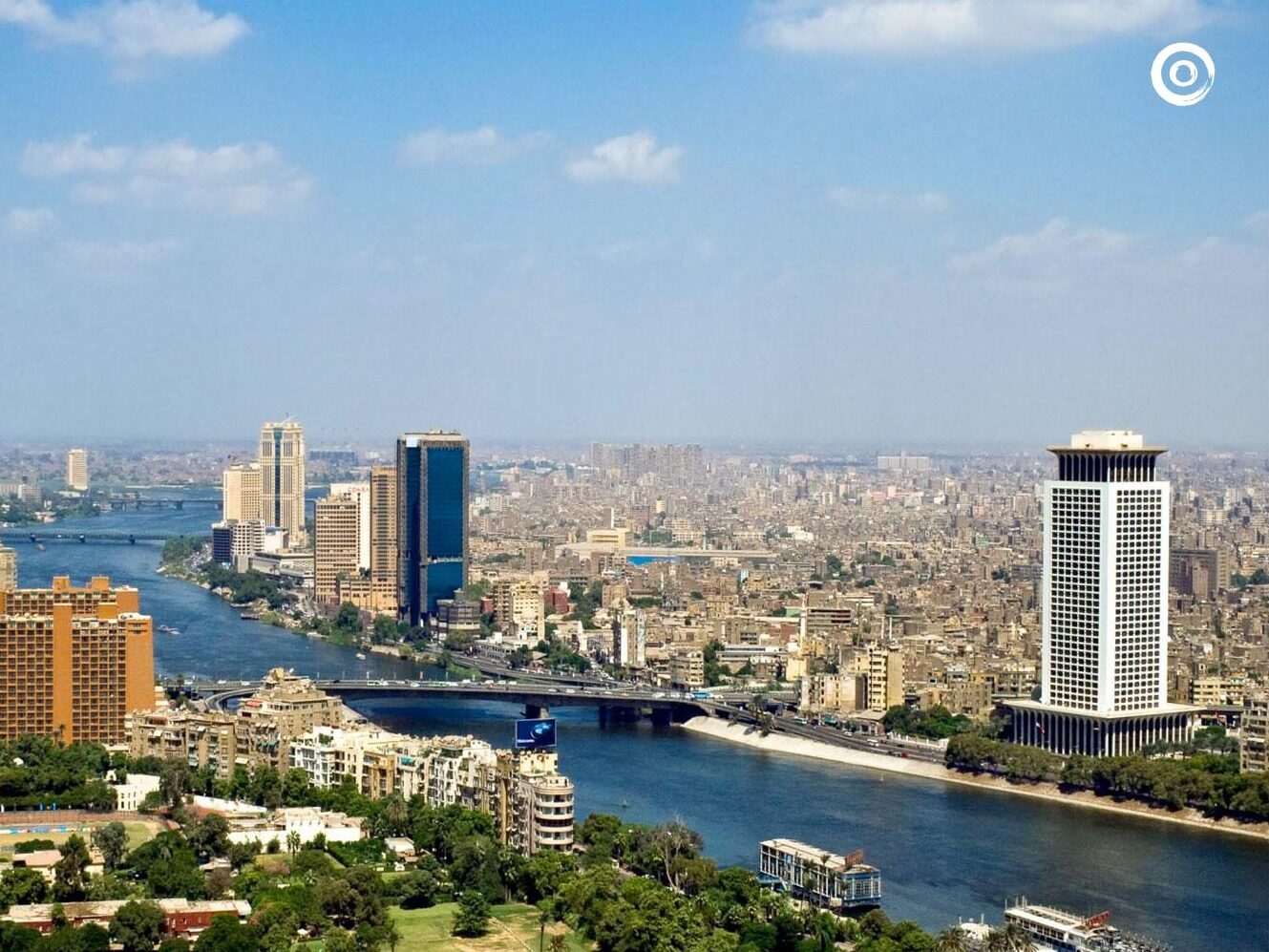
- A solid manufacturing base will continue to promote urbanization and infrastructure construction
Under the epidemic situation, Vietnam’s economy is still growing. This country should arouse attention. Most of the country treats Vietnam lightly, even some Chinese living in Vietnam. First of all, let’s take a look at the data. According to Foxconn Vietnam’s advertising bill. :

Vietnam's Bac Ninh and Beijiang recruit 1,000 Foxconn workers with a basic salary of 4.9 million VND, equivalent to RMB 1,281, plus 1.066 million food allowances, 500,000 accommodation subsidies, 200,000 transportation subsidies, and 500,000 full attendance. The total amount is about 7.16 million VND, and the total amount is 2039 RMB. It has a full range of insurance and other things. In addition, Foxconn also recruits 14 supplier quality engineers. Foxconn is a relatively representative company. All over the world, the wages are determined according to the local manpower situation. I think this wage is of greater reference significance.

According to official statistics from Vietnam, the unemployment rate in Vietnam reached its highest level during the 2020 COVID-19 pandemic, at 2.73%. Due to the economic recovery, the unemployment rate fell to 2.37% in 2021. Generally speaking, those below 5% are fully employed. From the data point of view, the job market in Vietnam is very good, and labor shortages have even begun to appear. Vietnam's service industry has begun to compete with the manufacturing industry for labor. Take online car-hailing as an example. Grad entered Vietnam in 2015 and accounted for 75% of the total. At the same time, Grad is also engaged in food delivery. At present, more and more Vietnamese are unwilling. Going into the electronics factory again, I tend to be a rider. The rider's order is about 3 to 5 yuan.

After the reform and opening up, the country's industrialization and modernization have been integrated with Vietnam's urbanization process. The speed of urbanization in Vietnam is increasing year by year. As of December 2018, the number of cities nationwide was 833, with an urbanization rate of 38%, an increase of 0.9% from 2017. It is estimated that by 2019, the urbanization rate in Vietnam will reach 40%. In 2020, it should have exceeded 40%. According to the past annual growth rate of Vietnam's urbanization rate of about 1%, it should reach 41% in 2021.

Comparing China's urbanization rate, it is roughly equivalent to China's 2003-2004 period. China's GDP per capita in 2003 was US$1,288.

This is Vietnam’s GDP per capita
Of course, the same amount of U.S. dollars in 2003 and the same amount of U.S. dollars in 2019 are not the same. Over the past few years, due to the continuous inflation of the U.S. dollar, its purchasing power has dropped a lot.

U.S. inflation rate over the years
According to calculations, for a total of 17 years from 2003 to 2019, the average inflation rate was around 1.92. Based on China's per capita GDP of 1,288 in 2003, and assuming an inflation of 1.92, for 17 consecutive years, the final result was $1,79.61. Comparing Vietnam, we can see that the current Vietnam's GDP per capita far exceeds that of China in 2003 on the basis of the same urbanization as China in 2003.
From this, we can draw conclusions: First, in 2019, Vietnam’s per capita GDP was US$2715, an average of US$226.25 per month, and today’s RMB is 1486.6209 RMB. The wages of Foxconn workers far exceed Vietnam’s per capita GDP, and the composition of GDP It includes labor compensation, depreciation of fixed assets, net production taxes, and operating profits of various industrial sectors. That is, the per capita GDP is 1,486 yuan. It does not mean that the per capita income of Vietnam is 1,486 yuan, and the per capita income is far less than the per capita GDP. In this case, the wages of Foxconn workers in Vietnam are even more than per capita GDP, which means that Foxconn workers are actually very high in the income structure of Vietnam. So who is it that lowers Vietnam's per capita income? As we have seen before, Vietnam’s urbanization is only about 40%. It can be seen that the biggest problem is not the wages of Foxconn workers, but the income of a large number of Vietnamese rural people has lowered Vietnam’s per capita GDP. It can be seen that the first thing in Vietnam should be rapid urbanization. If nothing happens, Vietnam should usher in a climax of infrastructure construction in the next few years. Visually, Vietnamese infrastructure companies will make a lot of money.
The most worrying thing in Vietnam is that the existing R&D and infrastructure cannot keep up with the rate of wage increase. Although the ratio of R&D to GDP in Vietnam has been steadily increasing in recent years, it is still very low. It was only 0.52674 in 2017, and the urbanization rate was not High, it is easy to encounter bottlenecks. China's R&D to GDP ratio in 2018 was 2.19, which is almost the same as France's 2.20, while China's R&D to GDP ratio reached 0.563 in 1997. It can be seen that if Vietnam wants to reach the speed of China, it needs to greatly increase the proportion of R&D in GDP.
When China was engaged in manufacturing, it was based on manufacturing, and the proportion of the service industry was not so high. After the foundation of China's manufacturing industry was stabilized, the service industry was able to expand. Vietnam’s current situation is that due to the rapid speed of IT Development, while the manufacturing industry is still unstable, the service industry has begun to expand, and Vietnam is a country with a population of hundreds of millions. It is difficult to support the entire Vietnamese economy by relying on the service industry.
In the past few years, foreign investors have been keen on Vietnam. In the first three months of 2021, the inflow of foreign capital in Vietnam reached 10.6 billion. A large amount of foreign capital has impacted Vietnam’s finances. It is easy to bring financial bubbles to Vietnam, but foreign capital is coming and going fast. It's fast too. Once foreign capital withdraws due to various reasons, how can Vietnam's economy be good? Vietnam should strengthen financial supervision to prevent the influx of hot money and prevent the continued increase of asset prices in Vietnam. Without a solid manufacturing foundation, without continued urbanization and infrastructure construction, without a high investment in R&D ratio, Vietnam will soon encounter a development bottleneck. Editor/Sang Xiaomei
Comment
 Praise
Praise
 Collect
Collect
 Comment
Comment
 Search
Search














Write something~